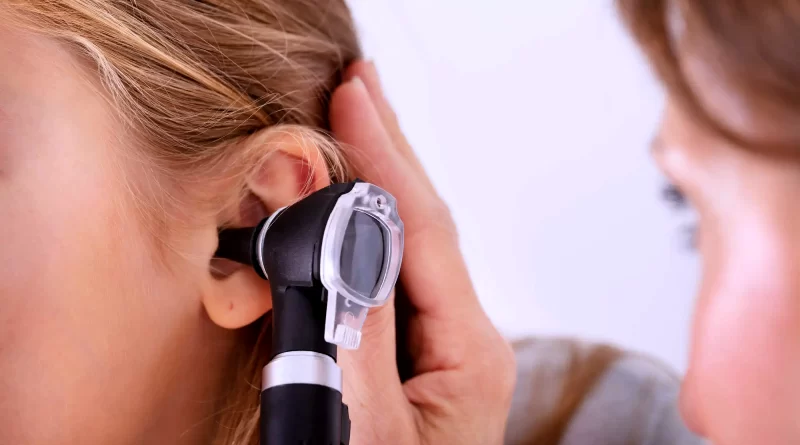Is Microsuction Safe?
Microsuction ear wax removal is a widely recognized method for effectively and safely removing excess ear wax. In this article, we will explore what microsuction ear wax removal entails, its safety profile, and its benefits compared to other methods. Additionally, we will discuss the availability of professional ear wax removal services, including options for what is microusction ear wax removal.
What is Microsuction Ear Wax Removal?
Microsuction is a non-invasive procedure performed by trained healthcare professionals to remove ear wax using a specially designed microscope and a gentle suction device. The procedure allows for precise visualization and removal of the wax without the need for water irrigation or the introduction of foreign substances into the ear.
The Safety of Microsuction Ear Wax Removal
- Expertise and Training of Professionals
Microsuction is considered safe when performed by skilled and trained healthcare professionals. These professionals, such as audiologists or ear, nose, and throat specialists, undergo extensive training to ensure they have the necessary knowledge and expertise to perform the procedure safely.
- Minimal Discomfort and Risks
Microsuction is generally well-tolerated, and patients often experience minimal discomfort during the procedure. The use of a microscope allows the specialist to have a clear view of the ear canal, minimizing the risk of accidental injury to the delicate structures within the ear.
- Tailored Approach
One of the advantages of microsuction is its ability to be tailored to the individual’s specific needs. The procedure can be adjusted based on factors such as the amount and consistency of the ear wax, as well as the condition of the ear canal. This personalized approach ensures a safe and effective removal process.
Benefits of Microsuction Ear Wax Removal
- Enhanced Safety and Precision
The use of a microscope during microsuction provides excellent visibility and precision, allowing the specialist to target and remove the ear wax accurately. This reduces the risk of injury to the ear canal and eardrum, making microsuction a safe option for individuals with sensitive ears or those with a history of ear surgeries.
- Effective Removal of Various Types of Ear Wax
Microsuction is highly effective in removing different types of ear wax, including soft, hard, and impacted wax. The gentle suction device enables the specialist to remove the wax completely, leaving the ear canal clear and improving hearing.
- Quick and Convenient
Microsuction is typically a quick procedure, often taking only a few minutes per ear. Unlike other methods, there is no need for any pre-treatment or waiting for the ear wax to soften. This makes microsuction a convenient option for individuals seeking efficient ear wax removal.
Professional Ear Wax Removal Services
- Access to Specialized Services
Individuals have the advantage of accessing professional ear wax removal services, including microsuction. These services are provided by trained specialists who are knowledgeable in the latest techniques and equipment for safe and effective ear wax removal.
- Expert Guidance and Aftercare
Professional ear wax removal services in London offer not only the procedure itself but also expert guidance and aftercare. The specialists can provide personalized advice on ear care, prevention of future wax build-up, and address any concerns or questions you may have.
Conclusion:
Microsuction ear wax removal is a safe and effective method for removing excess ear wax. With its precise and tailored approach, microsuction ensures minimal discomfort and reduces the risk of complications compared to other methods.

